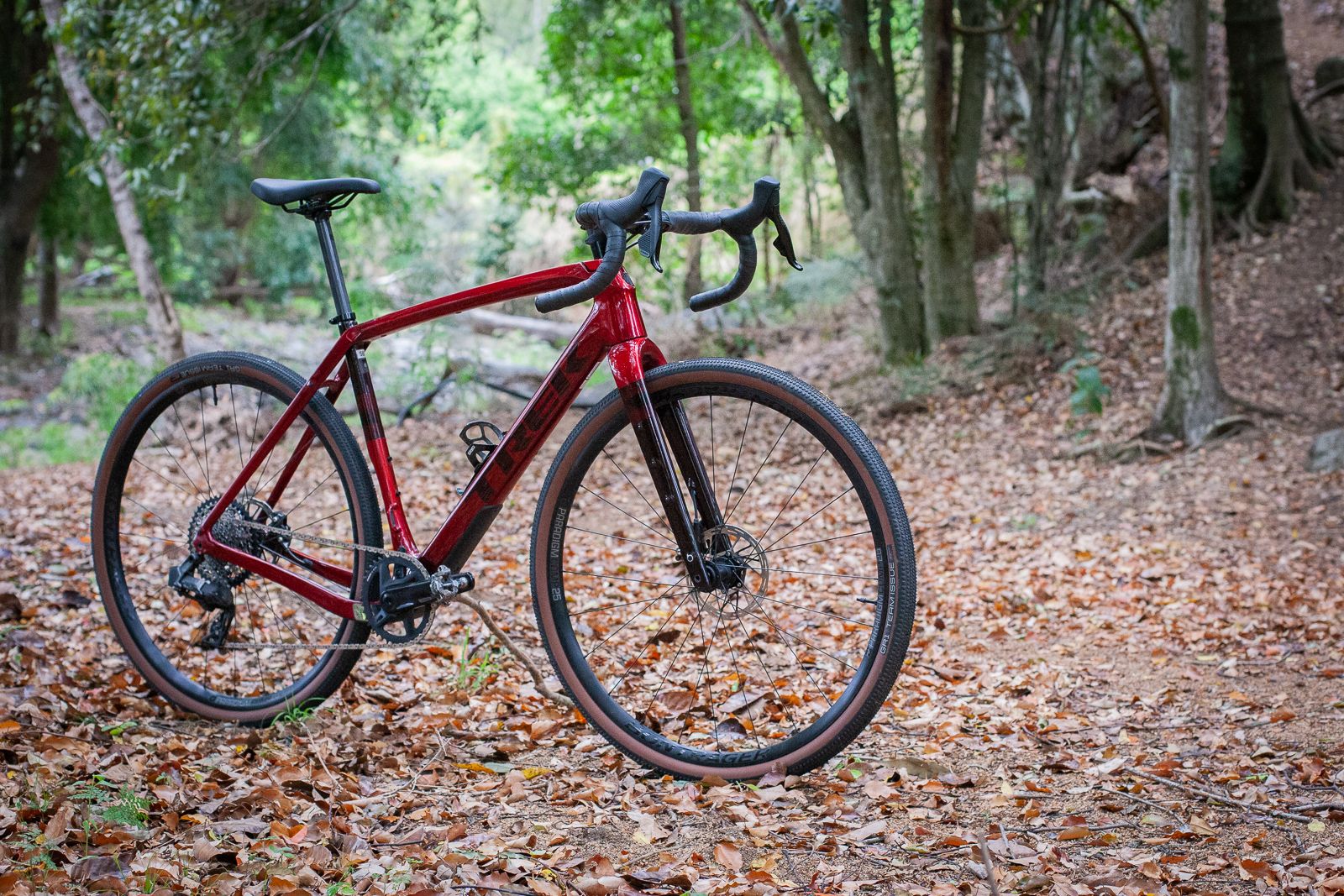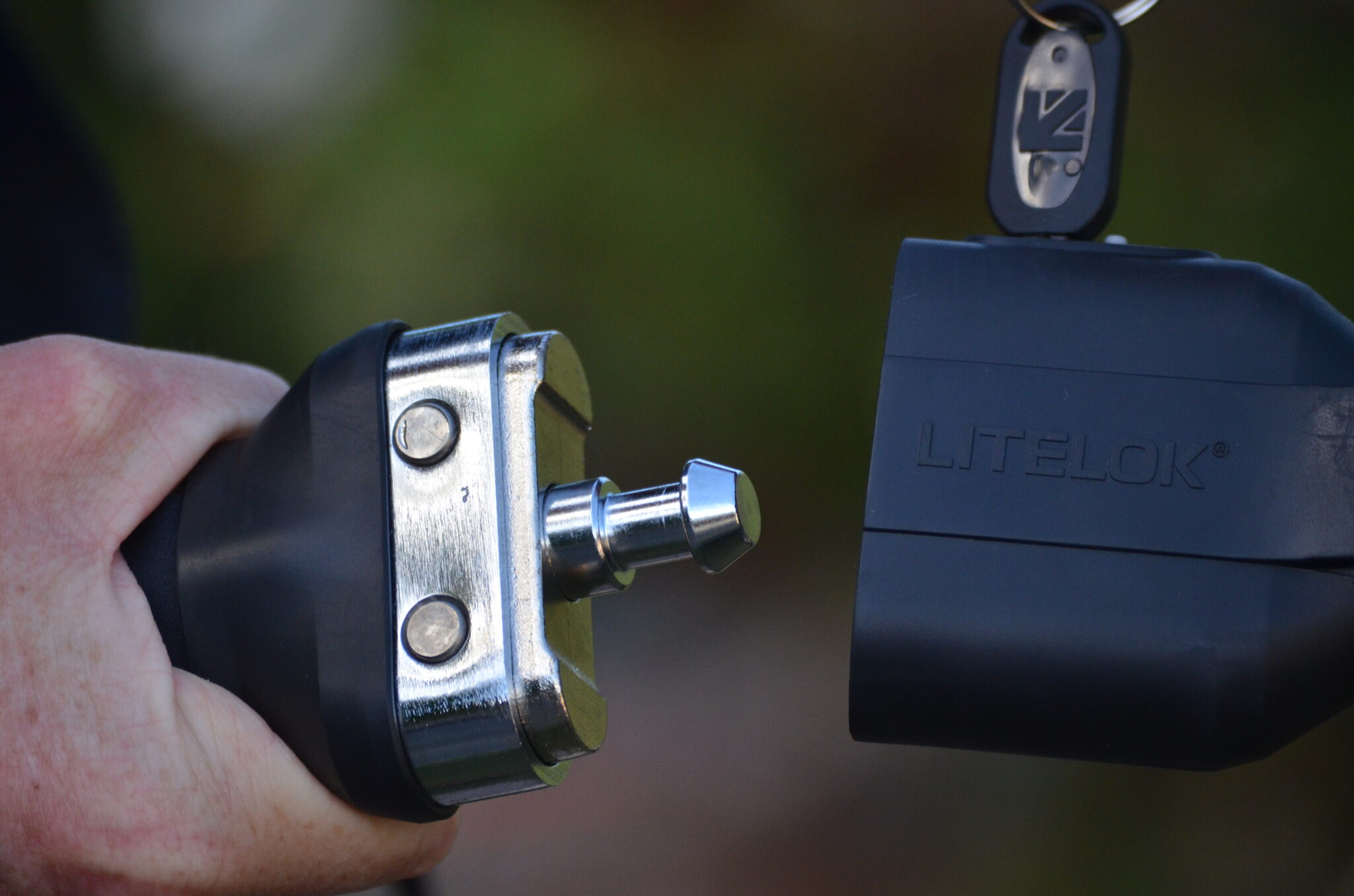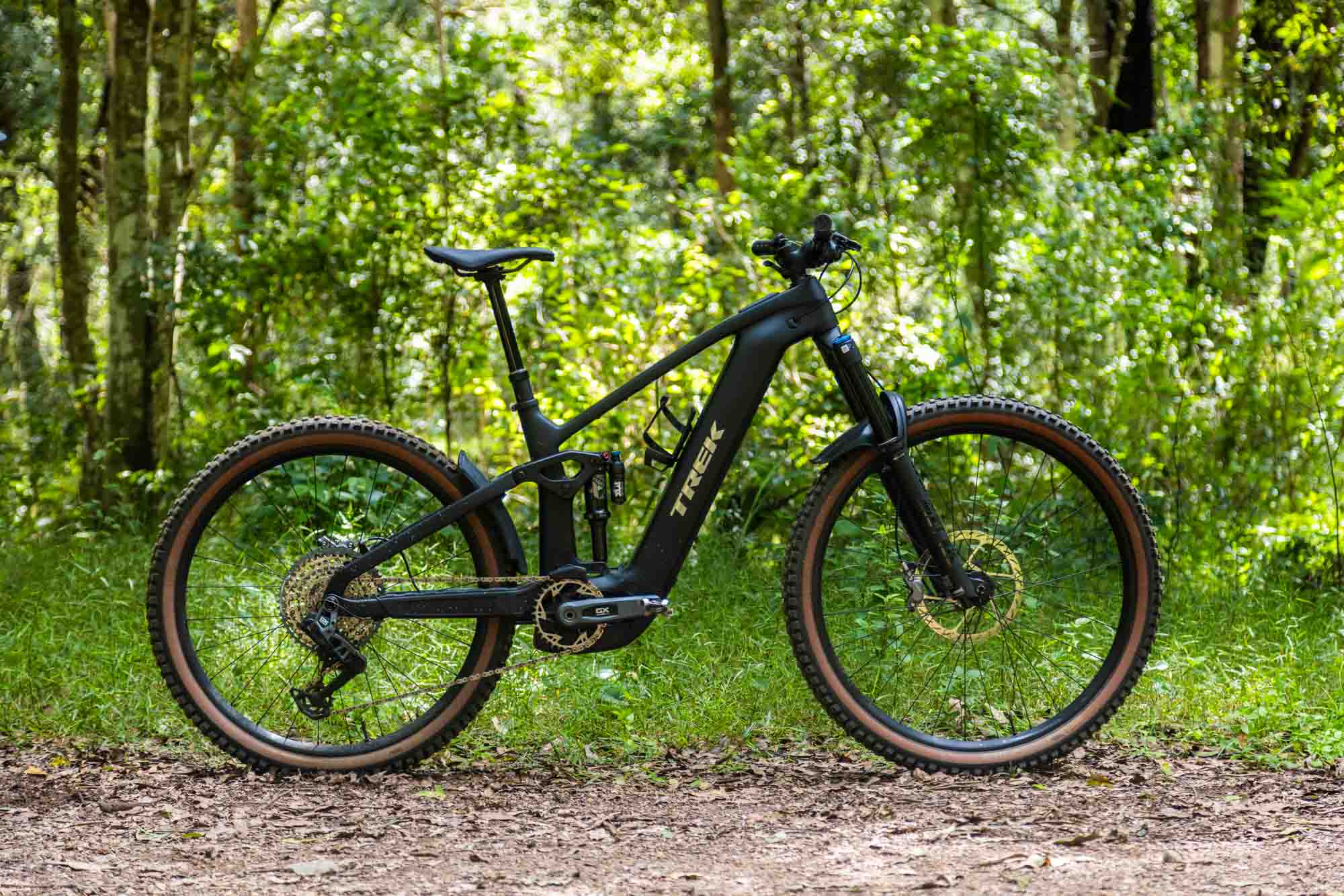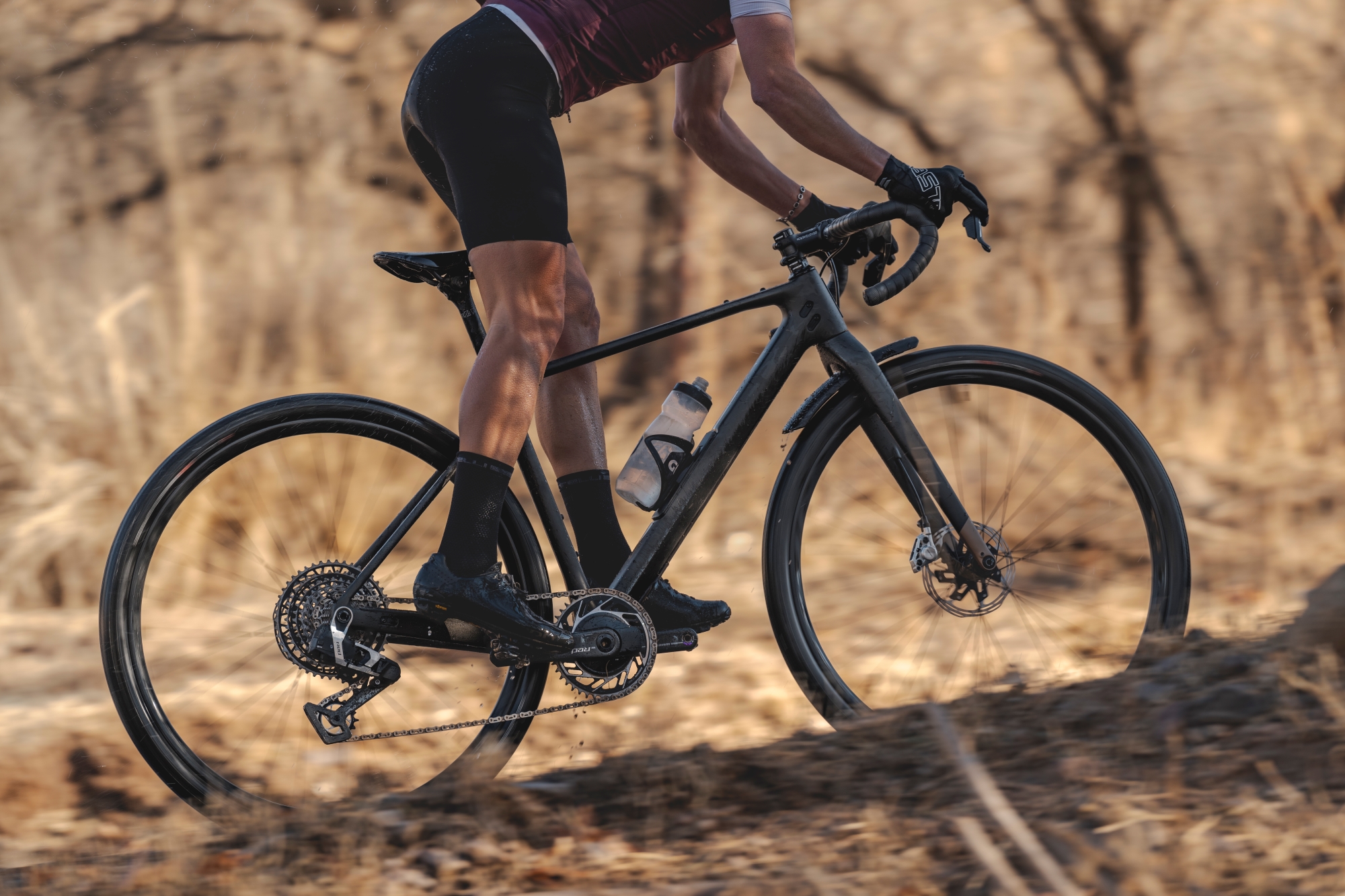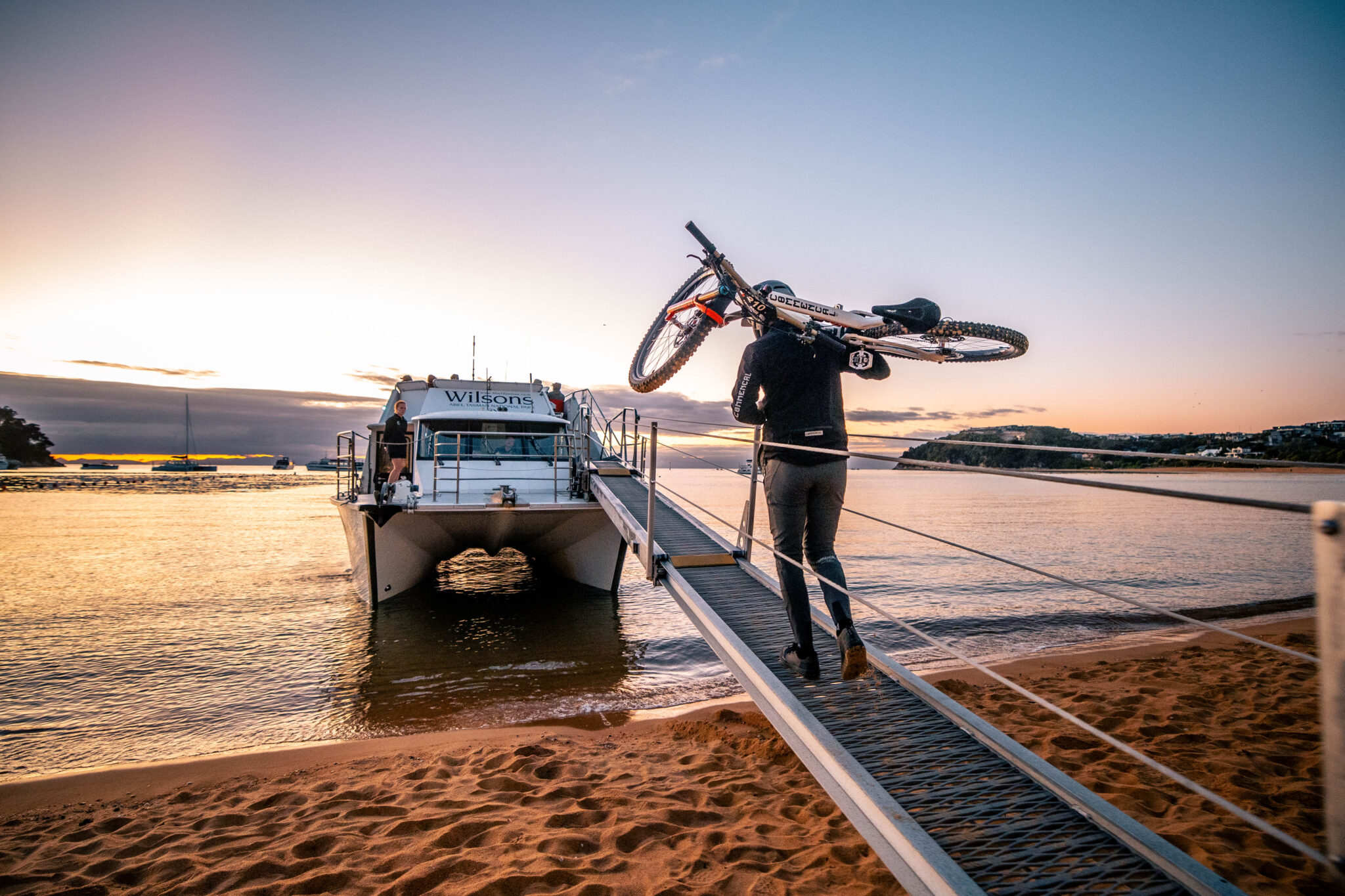TESTED: Trek Checkpoint SL6 ETAP
Gravel bikes may not be for everyone, but they serve a purpose for off-road adventures where a mountain bike just may not have the efficiency required. Additionally, they can prove to be a great bike for utilitarian use while still letting you get out into the great outdoors.
Words and photos: Mike Blewitt
Trek have leading bikes in all corners of the cycling world, and the latest Trek Checkpoint has shown that they have listened to the needs of gravel riders and racers to make their drop-bar gravel bike capable of high performance riding and day to day utility.
Trek released three frame variants with the updated Checkpoint, with the SLR using top OCLV 700 carbon, the SL using OCLV 500 and having more frame mounts, while the alloy ALR models give you all the mounts without the fancy IsoSpeed decouplers or internal frame storage.
First Impressions
I was sent a Trek Checkpoint SL6 eTap to review, and I had it for a couple of weeks before it launched. The SL frame has mounts for fenders, racks, bags and near countless options for mounting water bottles. It is also compatible with 27.2mm dropper posts. The SLR frame is about 300g lighter than the SL, so if weight is a concern – get the SLR. This model uses the SRAM Rival eTap AXS 12-speed group set, with low profile alloy rims and a sturdy alloy bar and stem from Bontrager.
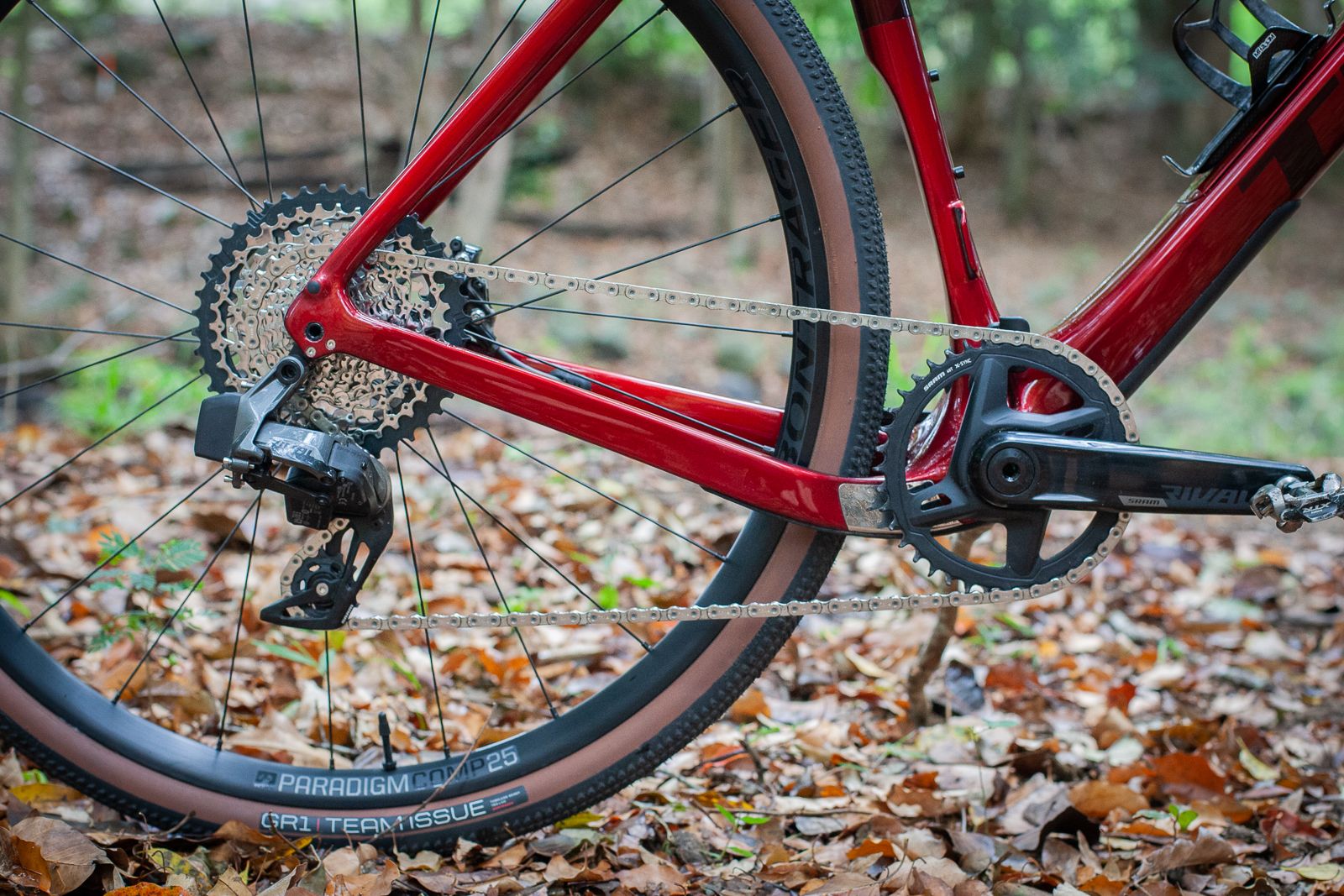
Looking at the Trek Checkpoint, it really looked like Trek had taken notes from the mountain bike designers. The down tube was huge to include their internal storage. The big T47 threaded bottom bracket shell lead to dropped chain stays to help for the frame clearance, which can clear 45mm tyres with 6mm room all around – or you can fit a 650b wheel set if you like. The fork also has girth, and the bike itself is long. We all know that geometry makes a big difference to how a bike rides, and Trek have added about 2cm reach to all sizes, keeping the front wheel ahead of the rider on rough terrain. The head angle on our 56cm test model is 72.2 degrees, and the seat angle is 72.8 degrees, which feels surprisingly slack after riding modern mountain bikes for a while.
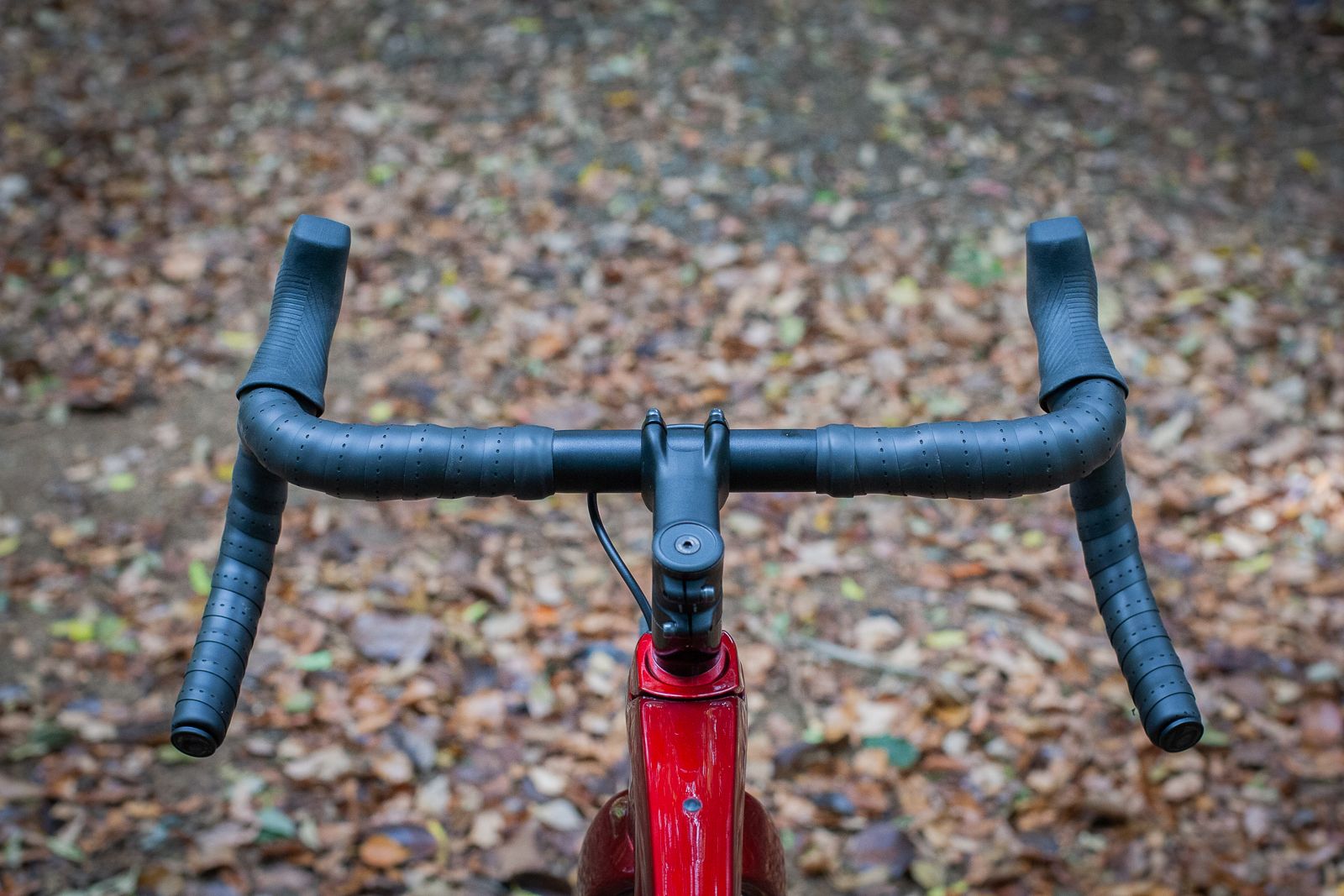
Trek have mitigated the extra reach in the frame with a shorter stem and bars with less reach. This means moving from the hoods, to the drops and to the tops of the bars changes your hand position and comfort – but it's not a huge ask of your lower back as the changes are subtle. The whole position is pretty upright, but the head tube isn't crazy tall, instead the bottom bracket is low for stability.
The SRAM eTap AXS shifting uses the right shifter for upshifts and the left for downshifts, which only took a moment to get used to. The bars have a flare which means when you bunny hop when down in the drops, you don't hit your wrists.
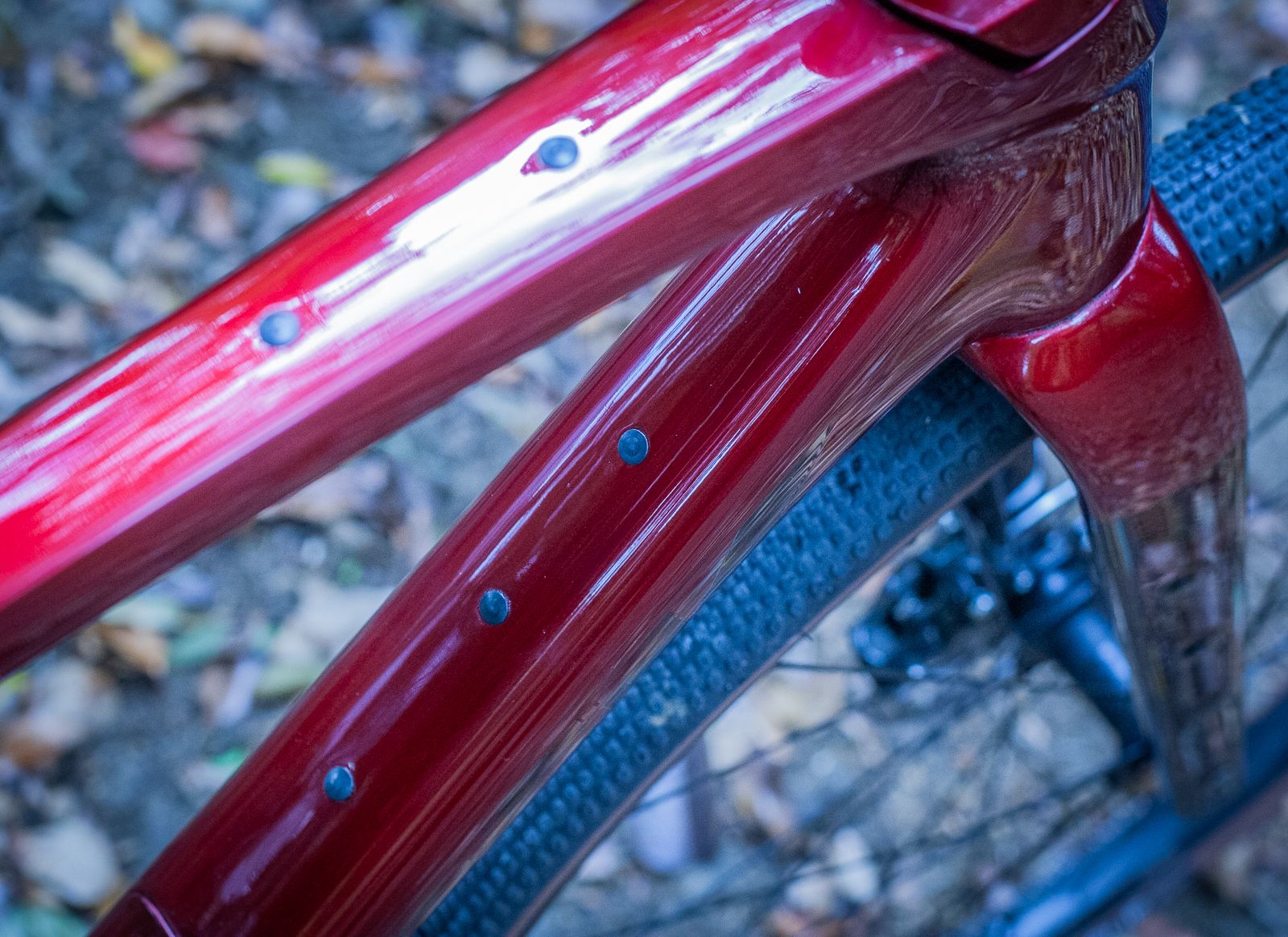
The frame and fork are covered with mounts for fenders, racks, bottle cages and even Bontrager's own size specific frame bags. Luggage storage was a key part of the design, and you can bolt a top tube bag behind the stem, or a frame bag under the top tube. Alas, our samples arrived without the bolt kit so I had to use the included straps to attach them – and that works fine as well. Trek have included a chain keeper and a roost guard on the frame, with good chain slap protection to keep it quiet.
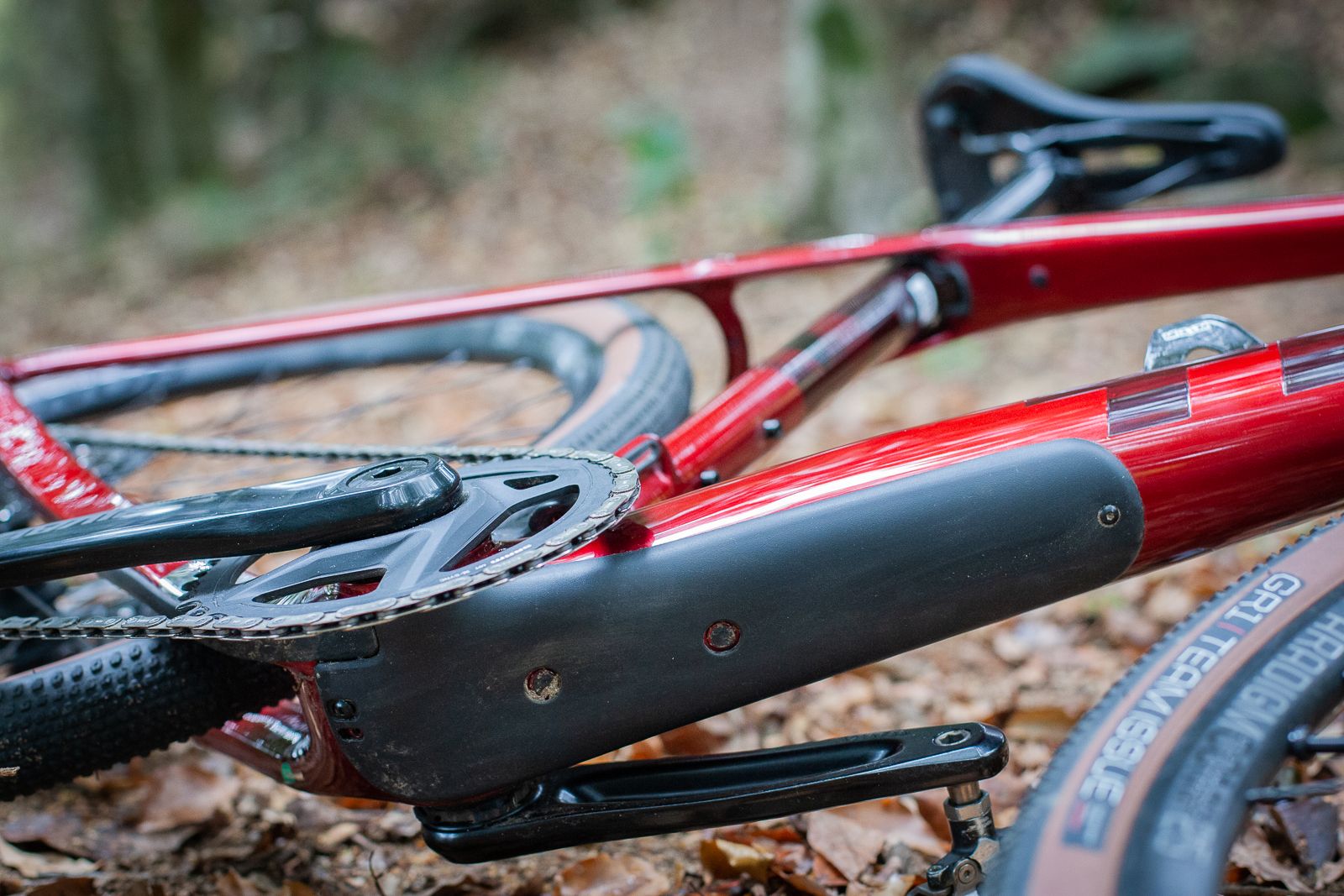
On the trail
Rolling out on the Trek Checkpoint felt like I was sailing out on a battleship. It's long, direct under acceleration and confident when tipping into corners – at no point does it feel like anything is going to argue with it. The extra reach when paired with a low bottom bracket means the Checkpoint sticks to the ground, even on off-camber corners. It does give up some crank clearance over rocks, but this isn't a bike for smashing rock gardens, it's for gravel and backroad adventures, and some easy singletrack where it fits.
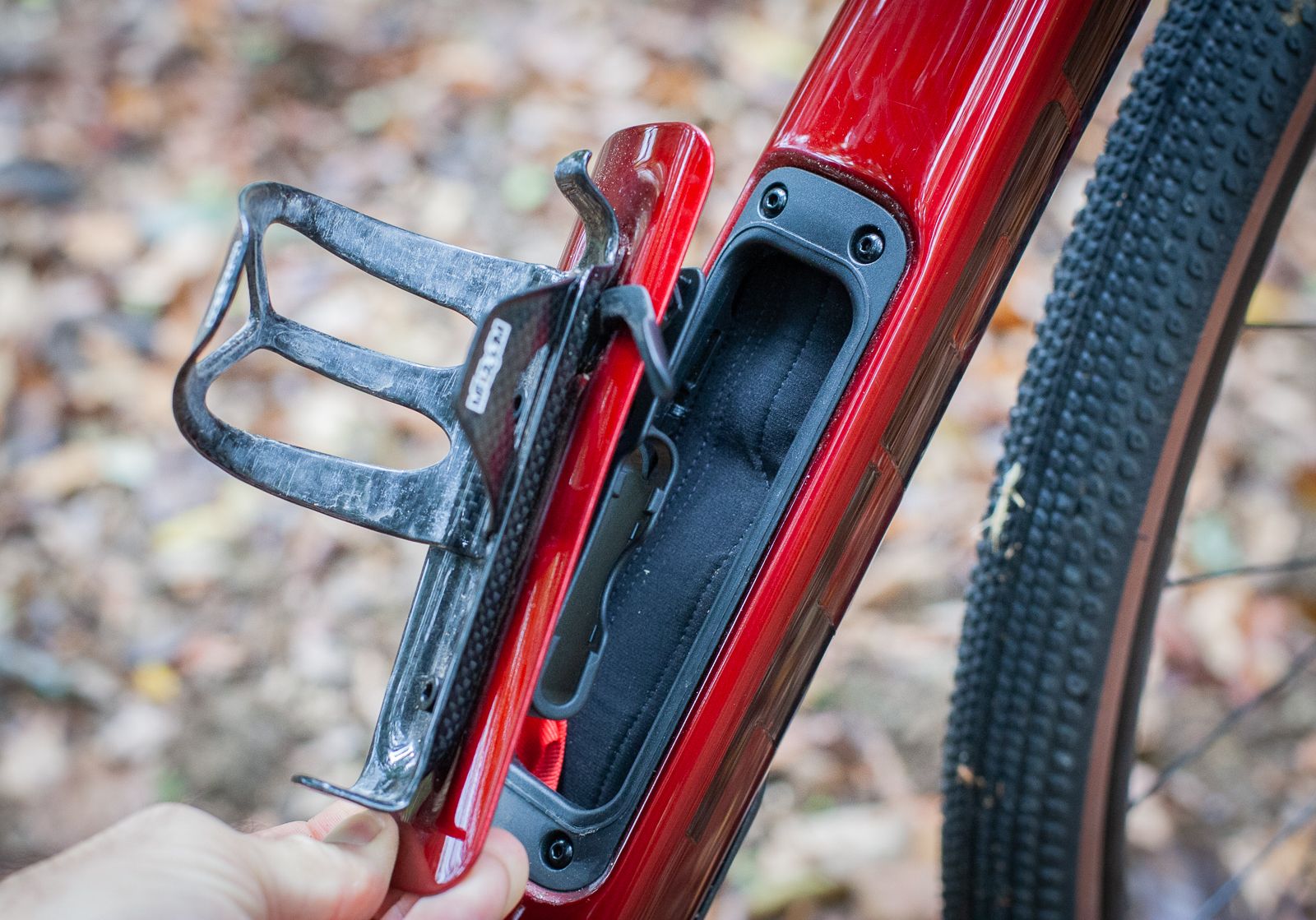
I put a tube, tyre lever and CO2 inflator in the frame storage and it was a snug fit. It's great to know I have those essentials in there, but I guess I thought I'd be able to fit more. With the top tube and frame bag loaded for a long gravel ride, the bike still rode as expected – steady and reliable.
The steady handling comes into its own on steeper dirt roads and fire trails, where the Checkpoint has a staunchly grounded feel compared to my usual drop bar ride with steeper angles and a shorter wheel base. In short, I could take the Checkpoint more places and onto steeper terrain. I did find I needed to make sure I was committed to being centred when descending, as hanging off the back doesn't really work. Keeping that balance point and driving through your feet to move around and change lines is rewarded by more nimble handling.
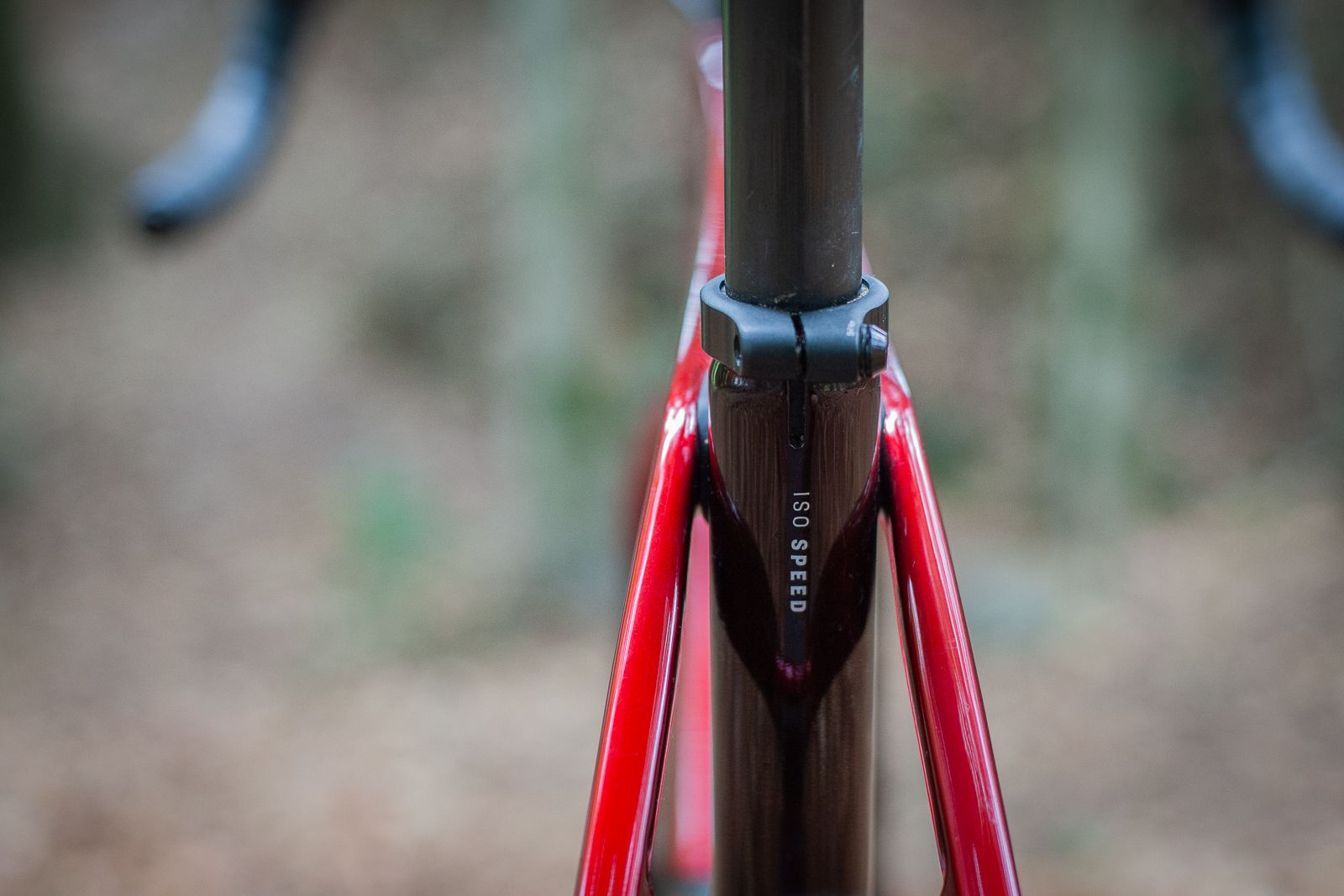
The IsoSpeed decoupler was another factor in how well the Checkpoint moves from dawdling to daredevil. It takes the sting out of corrugations and transferring over ruts with aplomb. Let me state this is not a mountain bike, and it is not suspension. But it does make a difference to muting out the trail surface and aiding traction. Trek haven't made the frame compatible with a suspension fork, as they believe that geometry helps more than a short travel (and heavy) fork could. In terms of keeping traction in check, the shallow alloy rims and 40mm tyres do this well. You could easily throw 45mm on as well for greater capability, but the 40mm rolls nicely when you get back onto hard surfaces.
It was transferring to the road that reminded me that this bike has really been built to excel on gravel and dirt. While the closely spaced tread rolls nicely, getting out of the saddle to give it some beans isn't met with the pop that a more slender rig has. At over 10kg with pedals and spares on, the Checkpoint isn't a lightweight player, and alongside the extra bit of length it felt a little more sluggish to get up to speed. As a bike that yearns to be off-road, this isn't a bad compromise.
Our Take
The Trek Checkpoint represents what a modern gravel bike should be – a drop bar bike that expands where a rider can take it. The utility of the frame design on the SL carbon frame needs to be applauded, as Trek have designed a bike that can carry big loads, while still riding with intent when slimmed down for short jaunts. It may lack the acceleration of some, but it makes up for that in handling and confidence on gravel and dirt.
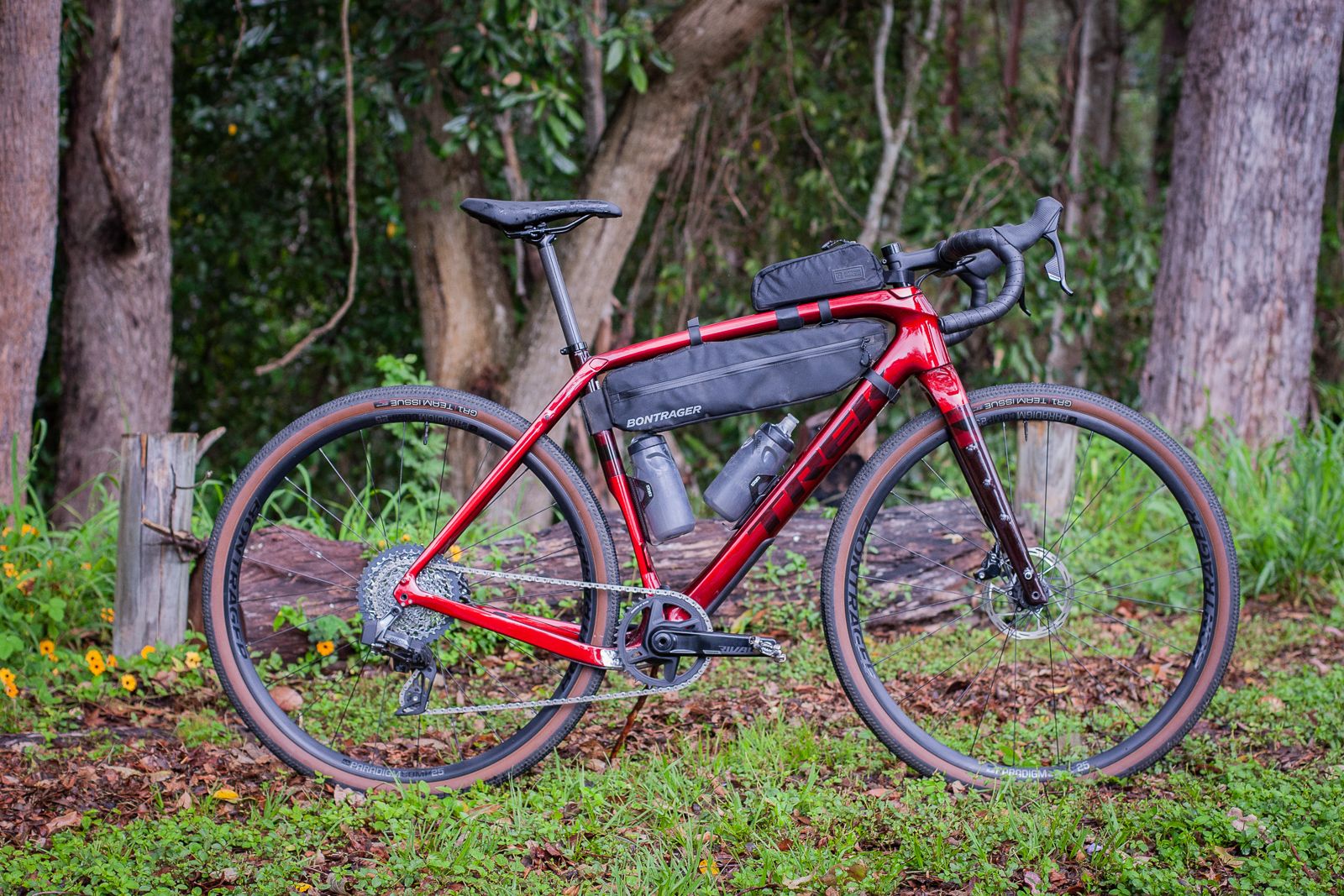
At $5300 the Checkpoint SL6 eTap isn't a bike you'd buy on a whim, but it would be one that would be hard to look past if you need a bike for utility uses day to day, and for the big backroad adventures come the weekend and beyond. The Checkpoint will let you cover more ground than a hardtail might, and it will be more efficient to get around as a day to day bike. If you don't need carbon or wireless shifting for that, you can get many of the same features in the ALR range. And if you need something fancy to chase gravel event stardom, then look at the svelte SLR line up. But in short, if you have been waiting to see some more capable gravel bikes come out, the time is now.

